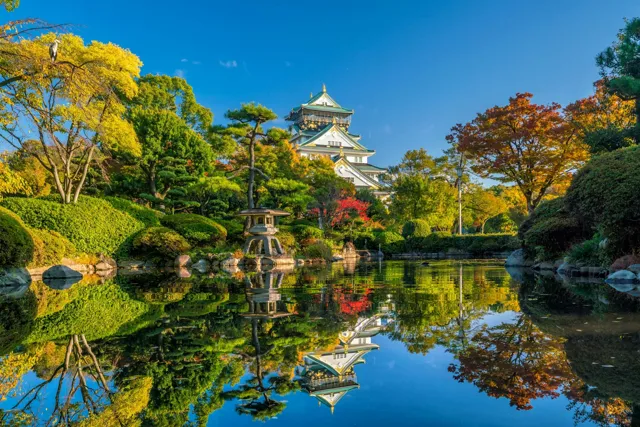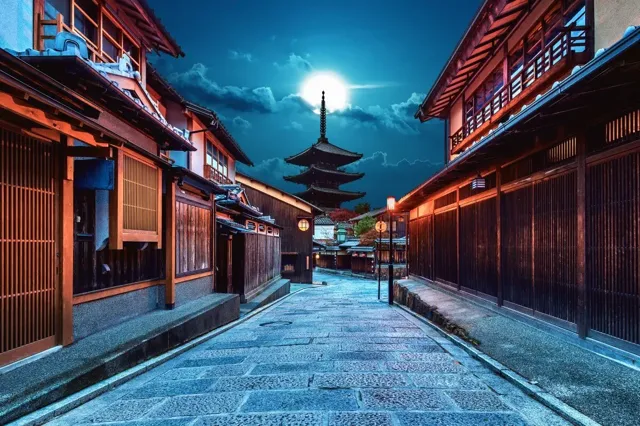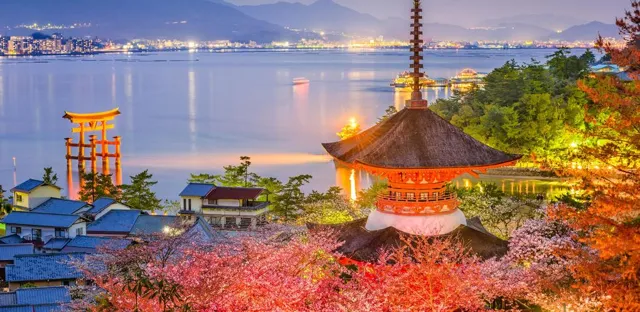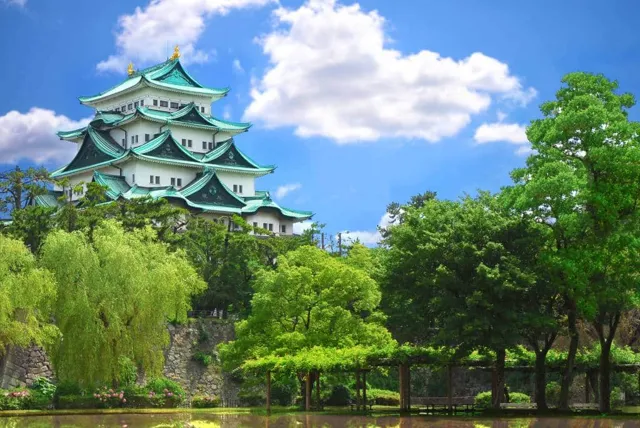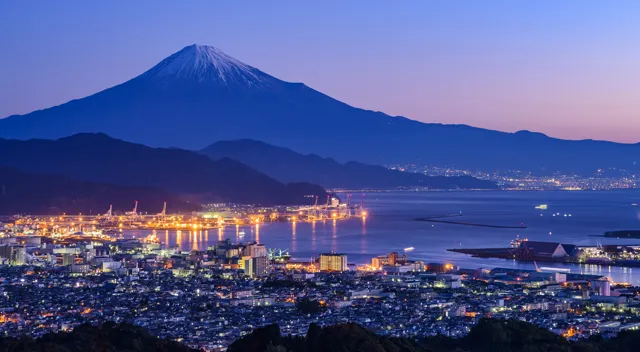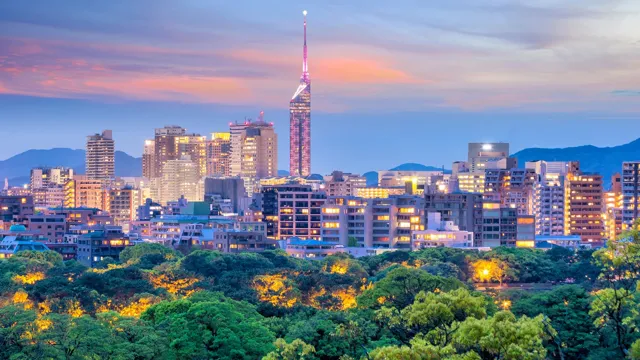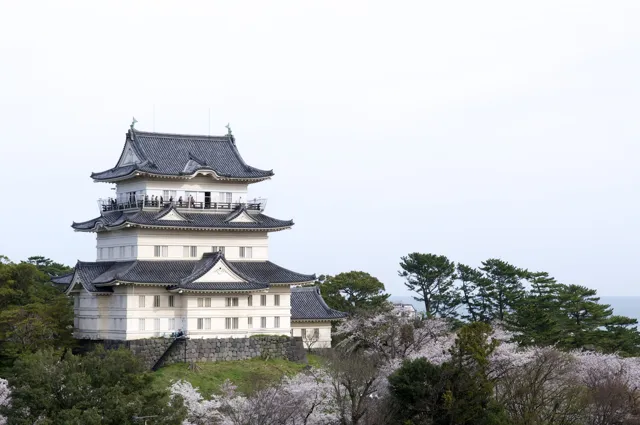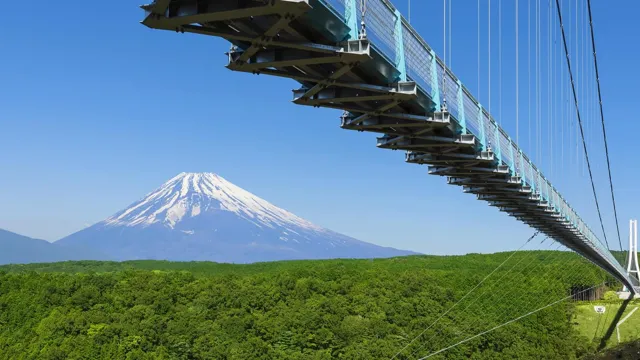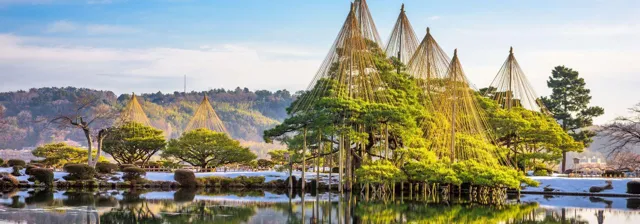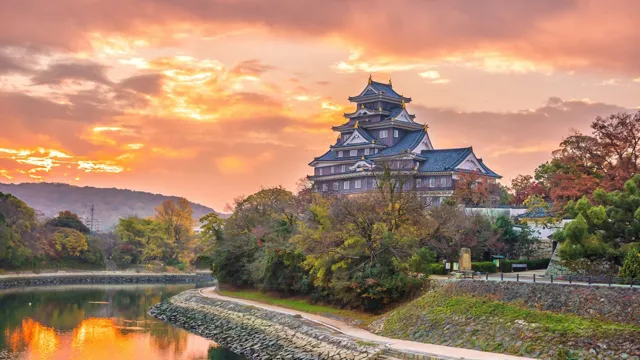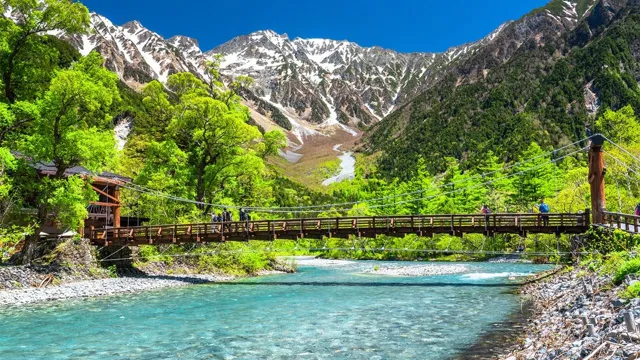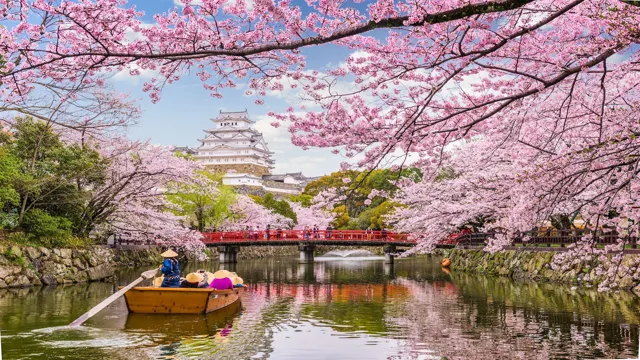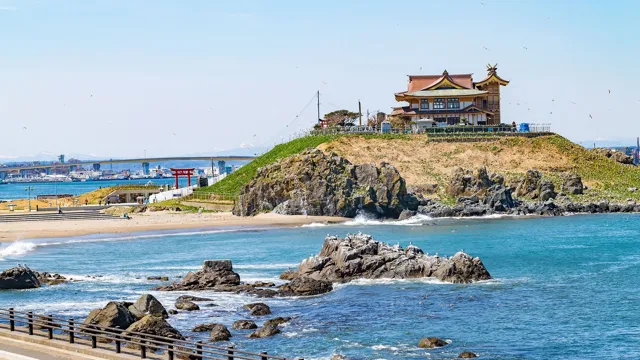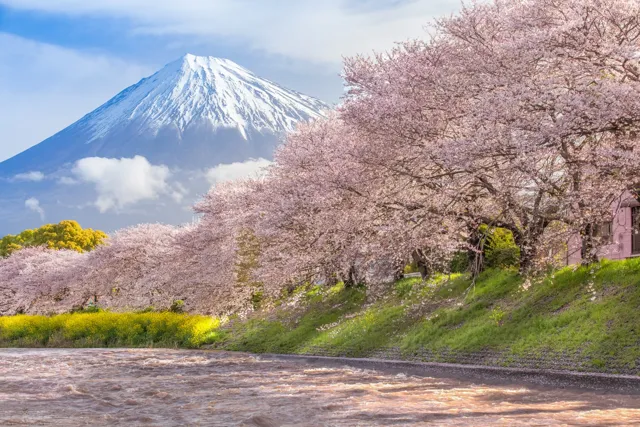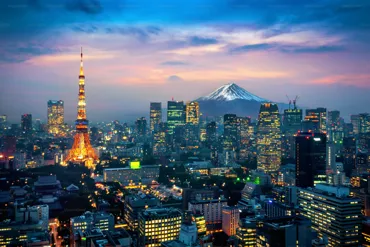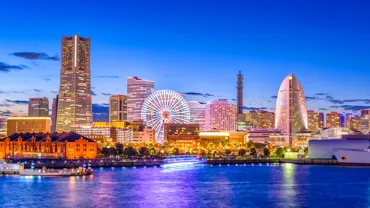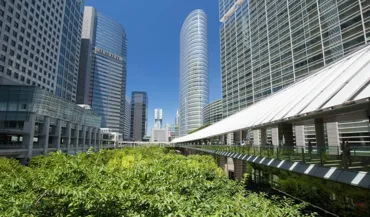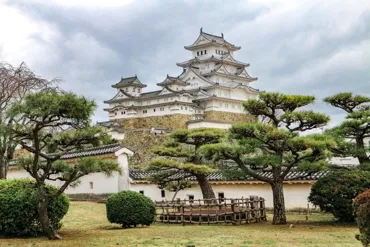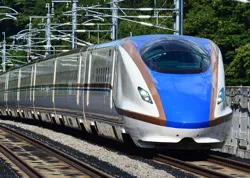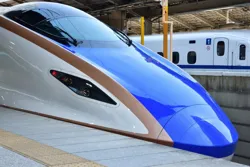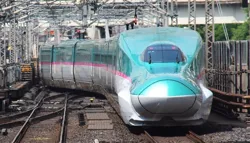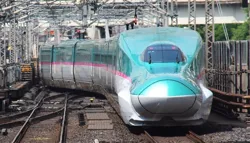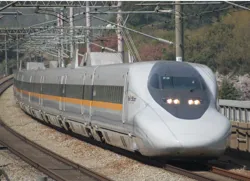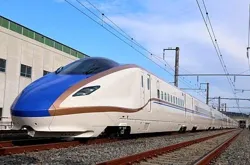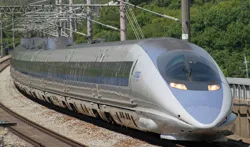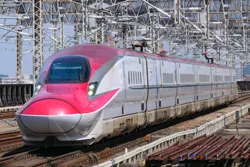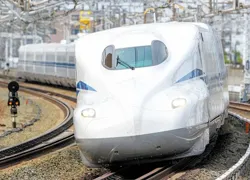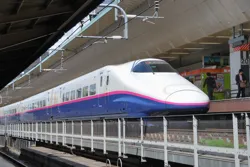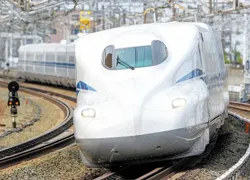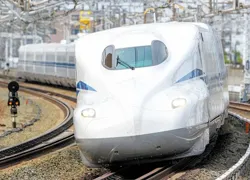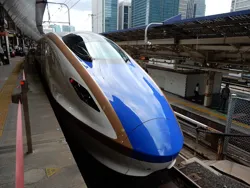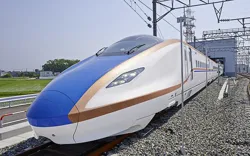Buy Shinkansen Tickets Online, Info and Prices
Buy Shinkansen Tickets: How to Travel Japan by Bullet Train
The Shinkansen is Japan’s fastest and most convenient way to travel between cities. Book Shinkansen tickets online for direct access to top routes like Tokyo–Kyoto, Tokyo–Osaka, and more. With bullet trains departing every few minutes, you can reserve your seat in advance and skip the lines at the station.
Travel demand is highest during cherry blossom season (March–April) and summer holidays (July–August), when Shinkansen tickets sell out fast. For more seat options and better prices, buy your Shinkansen tickets early, especially if you plan to travel in November or February when trains are less crowded. Shinkansen tickets starts at 19$ (2200¥).
Popular Shinkansen Routes and Ticket Booking
Booking Shinkansen tickets gives you fast, direct access to Japan’s most visited cities and attractions. Whether you want to experience Tokyo’s city life, Kyoto’s temples, or Osaka’s food scene, you can reserve your bullet train seat online for every major route.
Buy Train Tickets
All Routes. All Your Needs. Premium Benefits
Shinkansen Bullet Train Network and Ticket Booking
Japan’s Shinkansen network covers the entire country, with high-speed bullet trains connecting every major city. Use our interactive map to compare routes, see travel times, and check Shinkansen ticket availability for all lines—including Tokaido (Tokyo–Osaka), Sanyo (Osaka–Hiroshima–Fukuoka), Hokuriku (to Kanazawa), and Hokkaido (to Hakodate).
Ready to travel? Select your route on the map and instantly book your Shinkansen tickets online for any journey in Japan.
Search. Book. Travel.

train tickets
inspiration
updates
Most Popular Shinkansen Routes
Shinkansen bullet trains offer the fastest and most convenient way to travel between Japan’s top cities. Book your Shinkansen tickets online for in-demand routes like Tokyo to Osaka, Tokyo to Kyoto, and other major destinations. Reserve your seat in advance to enjoy a smooth, direct journey with frequent departures every day.
Select a route below to see live schedules, compare ticket prices, and secure your Shinkansen tickets for your next trip.
Top Cities to Visit with Shinkansen
Buy Shinkansen tickets to quickly reach Japan’s most exciting cities and attractions. Whether you’re planning to see Tokyo’s skyscrapers, Kyoto’s historic temples, or Osaka’s food districts, booking your bullet train tickets online guarantees a fast and comfortable ride to every destination.
Explore the top cities below and reserve your Shinkansen tickets for direct access to the heart of Japan.
FAQ: Shinkansen Tickets – Booking & Buying
Is it cheaper to buy Shinkansen tickets in advance?
How do I use my Shinkansen ticket at the station?
What’s the difference between reserved and unreserved Shinkansen seats?
Can I buy Shinkansen tickets for children or groups?
How do I book Nozomi, Hikari, or other Shinkansen trains?
Are there discounts on Shinkansen tickets?
When do Shinkansen tickets go on sale?
How do I buy Shinkansen tickets online?
Why should I buy Shinkansen bullet train tickets in advance if there are many trains throughout the day?
Can I buy Shinkansen tickets at the station on the day of travel?
Where can I buy Shinkansen tickets?
How far in advance can I book Shinkansen tickets?
Should I buy Shinkansen tickets in advance?
How much do Shinkansen tickets cost?
Can I book Shinkansen tickets from outside Japan?
Understanding the Types of Shinkansen Trains in Japan
Shinkansen trains in Japan differ mainly by speed, route, and the number of stops they make. The Nozomi is the fastest, with fewer stops, ideal for business travelers between Tokyo and Osaka. The Hikari is slightly slower but offers more frequent stops, making it a good balance between speed and accessibility. The Kodama is the slowest, stopping at all stations, perfect for sightseeing. Other trains like Hayabusa and Mizuho serve specific regional routes at top speeds, providing fast, convenient connections across Japan.

